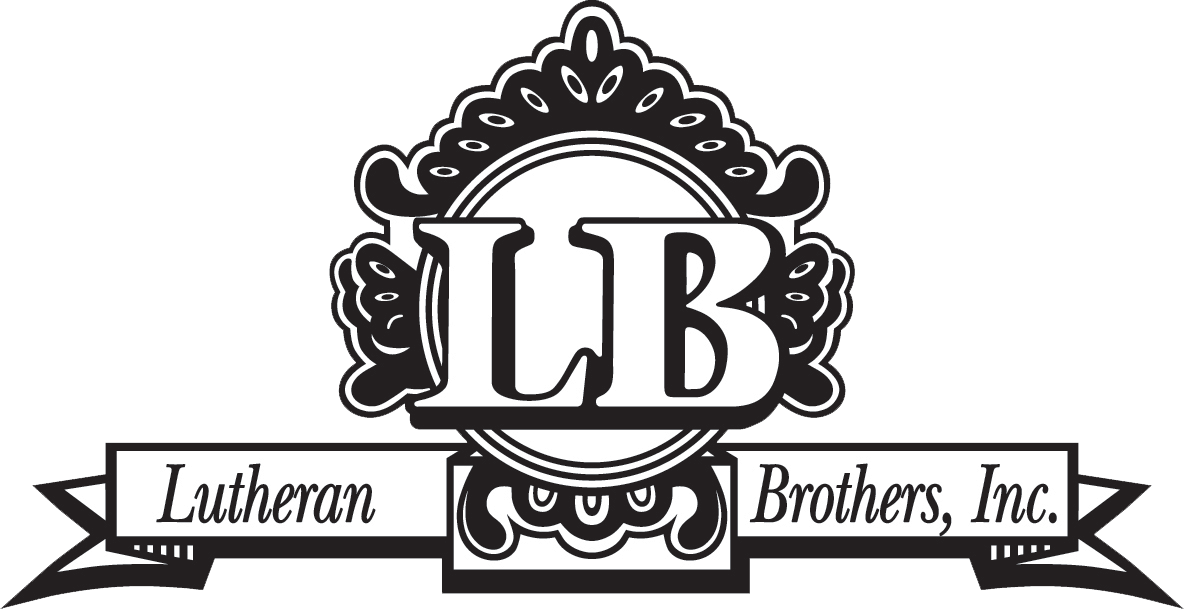The pandemic brought with it a myriad of challenges, some of which continue to linger even three years later. Some of the big challenges that faced business owners were inventory, inventory shortages and no place for their inventory to be offloaded. There are two types of inventory management models we come across in our warehousing business: just-in-time (JIT) and just-in-case (JIC). Which inventory model is right for your business? There is no one size fits all.
Backlogs, inventory, components, labor shortages and even challenges within company management are compelling business owners to take a long look at their internal inventory processes. If your business has too much, or too little, inventory, your business can get thrown into a tailspin from which it’s difficult to recover.
What Inventory Model Is Right For Your Business?
Let’s dig a little deeper into the two inventory models.
- When you practice JIC inventory management, manufacturers and companies stockpile inventory. If they’re hit with a large order, they’ve got the inventory on hand to meet the demand. That’s great in theory and can help some companies weather delivery delays or supplier shortages, but the just-in-case inventory practice could cost your company more money in warehousing fees. We do know that the JIC manufacturers have fared better than the JIT manufacturers because they were better able to meet customer demands.
- Just-in-time inventory is also known as a lean inventory model. JIT has its sights set on having just the right amount of raw materials and components on hand at just the right time. This is an ideal model if you can be sure the raw materials will be available when you have the need for them. In a JIT inventory model, the manufacturing process is quite lean. Your company will need to feel confident that your suppliers will have the materials on hand and that they can get them to you in a timely fashion when your need arises. If the materials are late, production stalls. If the materials arrive before the production line is ready, you’re faced with additional storage costs. When all flows smoothly, the just-in-time inventory model leads to high levels of production at minimal costs to the producer.
How can your company determine which inventory model is best for it?
There is no cut-and-dried answer. Those closest to the inventory should be aware of the business operations, sales cycles, financial management and cash flow, as well as growth projections. All of these factor into the inventory model that best suits your industry. Both the JIC and the JIT inventory models are based on several assumptions that range from inevitable growth and being over-prepared to feeling that demand will cover amped-up production expenses.
At Lutheran Brothers in Michigan, we know that many of our customers rely on a hybrid model. The hybrid model demands there is a robust inventory management system and process in place.
If you’re running a hybrid or a just-in-case inventory model, contact us for clean, secure and economical warehouse space.
If you’re looking for secure, easy-to-access, quality, experienced storage professionals, contact Lutheran Brothers.
If you are looking for clean, secure and economical warehouse space to lease and operate your business in with your own personnel, look no further than Lutheran Brothers in Detroit, Michigan.


Recent Comments